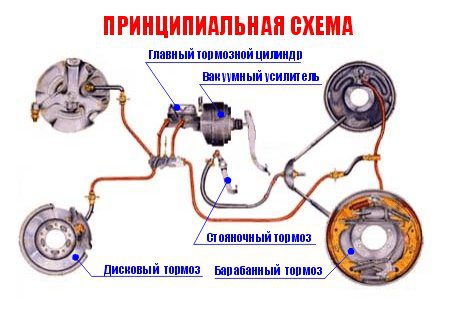
Brake pedal: operation and malfunctions
Content
The brake pedal, as the name suggests, allows the vehicle to brake. This system is subject to many limitations that require regular replacement. coins. A problem with the brake pedal is a symptom of a dangerous malfunction in the vehicle's braking system.
📍 Where is the brake pedal?
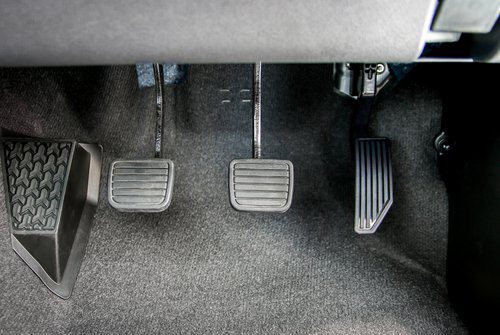
The connecting rods of the mechanical machine have three pedals : brake, accelerator and clutch, which are not available in an automatic transmission. The clutch pedal is designed for use with the left foot only, while the right leg moves betweenaccelerator and brake pedal.
The brake pedal is located между, between the clutch and the accelerator. On a manual transmission, this is a pedal left, on the right is the accelerator.
The role of the brake pedal, of course, is to activate the vehicle's braking system located on the wheels. However, the car also has an engine brake and a handbrake, which complement the device operated by the brake pedal:
- Le Engine brake it is actually an automatic mechanical deceleration process that occurs when the driver releases the accelerator. When you do not press the accelerator pedal or the clutch, deceleration occurs by itself.
- Le hand brake or the parking brake is a lever or button that ensures that a stationary vehicle stops. Located on the rear wheels, it allows you to block them so that the parked car does not start off again. It can also be used for emergency braking if the brake pedal is released.
Finally, theABS also part of the braking system. Mandatory on all vehicles from the early 2000s, it is anti-lock braking system wheels. An ABS sensor located on the wheels detects wheel locks during braking and relieves pressure, allowing the driver to regain control of the vehicle.
This whole system is made with servo-brake, also referred to as the mastermaker. It assists in braking and reduces the force applied by the driver when he presses the brake pedal.
⚙️ How do the brakes work?
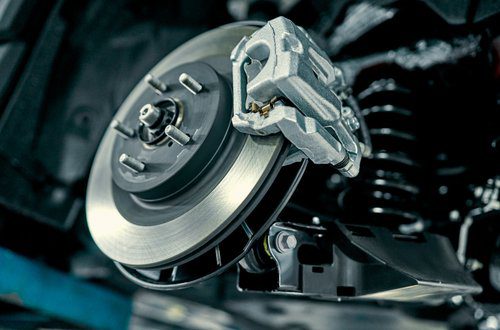
The brake pedal, located under the driver's right foot, activates the vehicle's braking system. It is by clicking on it that the driver can slow down or stop his car. Pressing the brake pedal activates several parts:
- Thestopping support ;
- . Brake pads ;
- Le Brake disc.
In fact, when the driver presses the brake pedal, he activates a cylinder that is driven by brake fluid... Under pressure, the brake fluid puts pressure on the brake caliper, which then presses the pads against the brake disc.
Some braking systems are equipped with drum brakes not discs. Then it is a hydraulic piston that allows the pads to be pressed against the drum.
🛑 What are the symptoms of a brake problem?
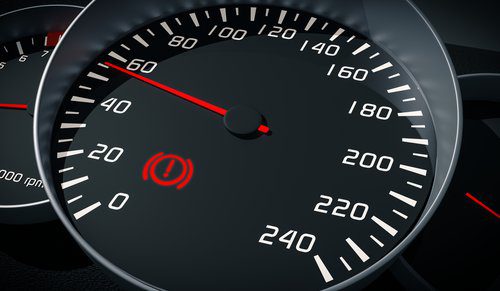
The braking system of a car is naturally heavily stressed. Therefore, great restrictions are imposed on it. The location of the discs and pads behind the tire also makes it a prime target for bad weather and mud.
The brake fluid is drained and replaced every 2 years or every 20 km... Brake pads are also changed in pairs. approximately every 20 km... Finally, the brake disc is usually replaced with every second pad change.
However, it is obvious wear that guides everything platelet change or disk brakes. Some pads are equipped with a wear indicator. Otherwise, for brake discs, wear is measured by thickness. As soon as it gets too low, the parts need to be replaced.
In the event of wear or problems with the brake system, the brake pedal warns you of the malfunction. Here are the symptoms that can occur in the event of a brake failure:
- Du braking noise ;
- One hard brake pedal which you need to press hard to brake;
- One pedal that softens ;
- One vibration in the brake pedal;
- La the car pulls to the side when braking;
- Le brake warning light lights up;
- . brake smoke.
What does a brake pedal problem mean?
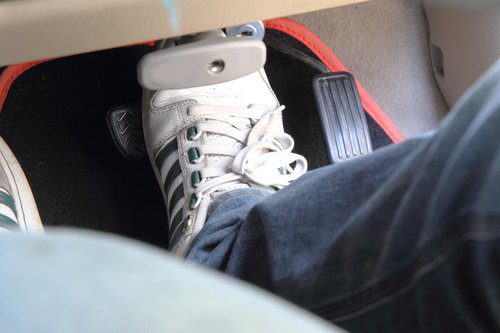
In the event of a brake fluid leak or increased wear of any part of the brake system, the brake pedal often gives a malfunction. You will actually feel that the braking is abnormal and unusual. But what do the different symptoms you might feel when braking mean?
So brake pedal that softens This is usually a sign of a brake fluid leak or, less commonly, the presence of air in the brake booster. If the brake pedal softens or sags while the engine is running, this is a sign that the brake booster is working properly.
Finally, if the brake pedal is soft after bleeding the brake fluid, it is probably an undetected leak!
On the contrary, if your brake pedal hard and that more force is needed to press on it, this may be precisely the problem of the servo brake. This is confirmed, in particular, if the brake pedal is firmly depressed when the engine is off or when starting. It is also often a sign that the pads are badly worn out or their caliper is sticking.
One vibration or jerking of the brake pedal very symptomatic of a cloudy disc. If you leave your car in a street parking lot with no traffic in winter, you may encounter this problem when it's time to get behind the wheel again.
Of course, regardless of the symptom encountered, the brakes should be checked as soon as possible. Indeed, a brake failure is obviously extremely dangerous to your safety and the safety of those around you.
Braking is necessary when driving. Have your brakes repaired regularly and see a professional as soon as possible if you suspect that the braking system has failed. Our garage comparator helps you find an appointment near you!
